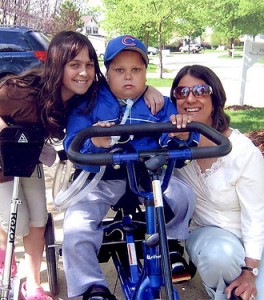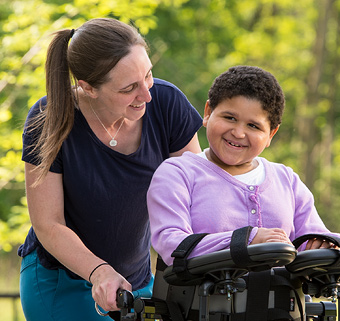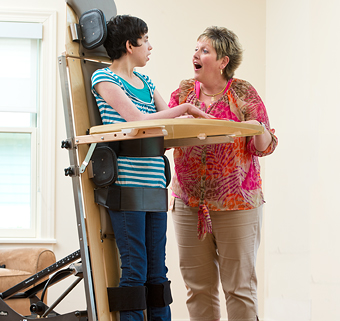Six Tips for Writing a Strong Letter of Medical Necessity
| May 2015 All of us have struggled one time or another while trying to compose an effective letter of medical necessity for a piece of adaptive equipment. We have all tried to figure out better strategies with our colleagues at work, at continuing education conferences and through social media sites. Below are a few considerations I’ve found helpful.
All of us have struggled one time or another while trying to compose an effective letter of medical necessity for a piece of adaptive equipment. We have all tried to figure out better strategies with our colleagues at work, at continuing education conferences and through social media sites. Below are a few considerations I’ve found helpful.
Make it Unique
First, make sure the letter is individualized. Use the client’s name whenever possible versus the generic use of client, child or patient. This helps the reviewer picture this individual as a person and not just a file. It also lends the letter a greater sense of authenticity when compared to a generic template. It suggests that you’ve established a relationship with the client and the equipment you’re recommending is unique to them.
Be Specific
Second, provide an accurate description of your client. Talk clearly about her physical presentation and abilities; include muscle tone, tonal patterns with movement, posture, skeletal changes, risk level for changes, neurological involvements including seizure activity, etc. Describe how her current function and development has been negatively impacted by her disability. Think about your audience as you write. Seldom are funding reviewers therapists. So while using of clinical terminology is fine, be sure to include lay descriptions as well.
Describe the Potential
Third, describe how the selected piece of equipment will enhance function. Why is it important? What is the overall goal? For example, if you’re asking for a stander, is the goal to improve bowel and bladder function, weight bearing, tone management? Include why it is medically necessary and what medical benefits the equipment allows for. Take seating, for example. Are you looking to increase postural support during eating activities to decrease the potential risk for aspiration? For standing, is your client currently dependent on medications for bowel function with a medical history that is significant for constipation? If so, explain that evidence now shows that standing improves bowel and bladder function. Basically, describe how the recommended piece of adaptive equipment will allow the client to gain function. Here’s another example: “Given proper postural support while positioned in XYZ equipment, Jane is able to activate a switch to communicate her basic needs or to feed herself.” Additionally, describe how the equipment will be used and where. (Hint: stress in the home and daily use.) Remember, each line item on a quote requires a justification.
Make a Case for the Equipment You Want
Fourth, provide details about equipment trials and comparisons with other manufacturers’ similar equipment. Demonstrate why this piece of equipment is the best choice over the others: best fit, optimal support, greatest adjustability to meet client’s fluctuating needs, caregiver is independent with placing client in or out of equipment, tolerated for X number of minutes without signs of distress, how their functional level or ability to engage in activity increased. It is important to note that the decision was ultimately driven by the caregiver and client.
Support with Research
Fifth, use research and state and federal laws to support your claim. Refer to the research on the benefits of mobility, standing, posture for feeding, etc. Cite any regulations pertinent to your case. For example, state law has specific guidance on car seats and the American Academy of Pediatrics has additional recommendations.
Connect the Dots
Lastly, keep an eye out for common themes during requests for more information from the funding source. If you are seeing the same questions frequently, modify the letter to include this information.




